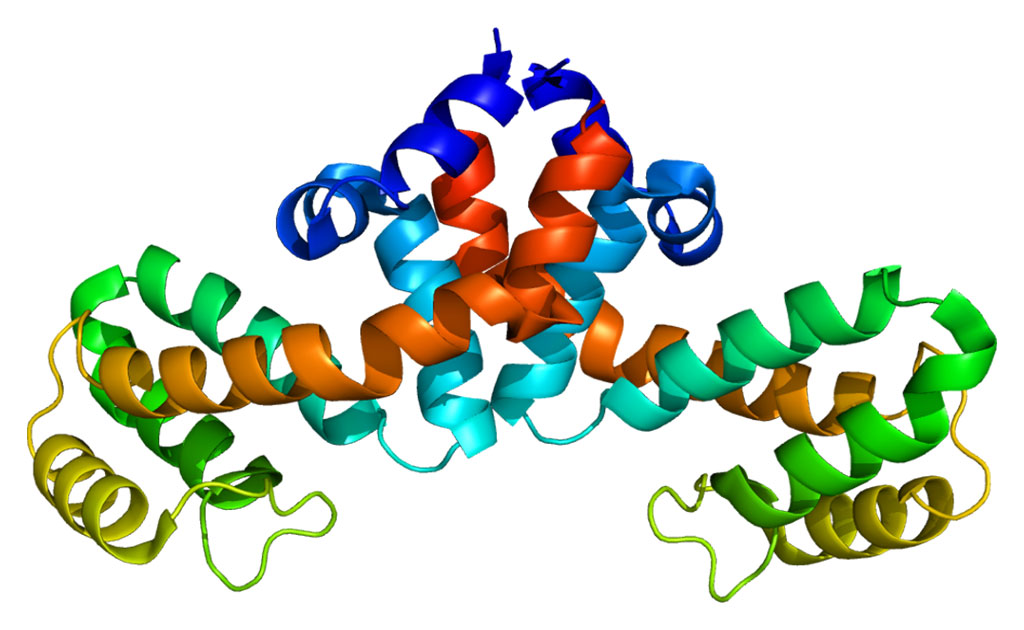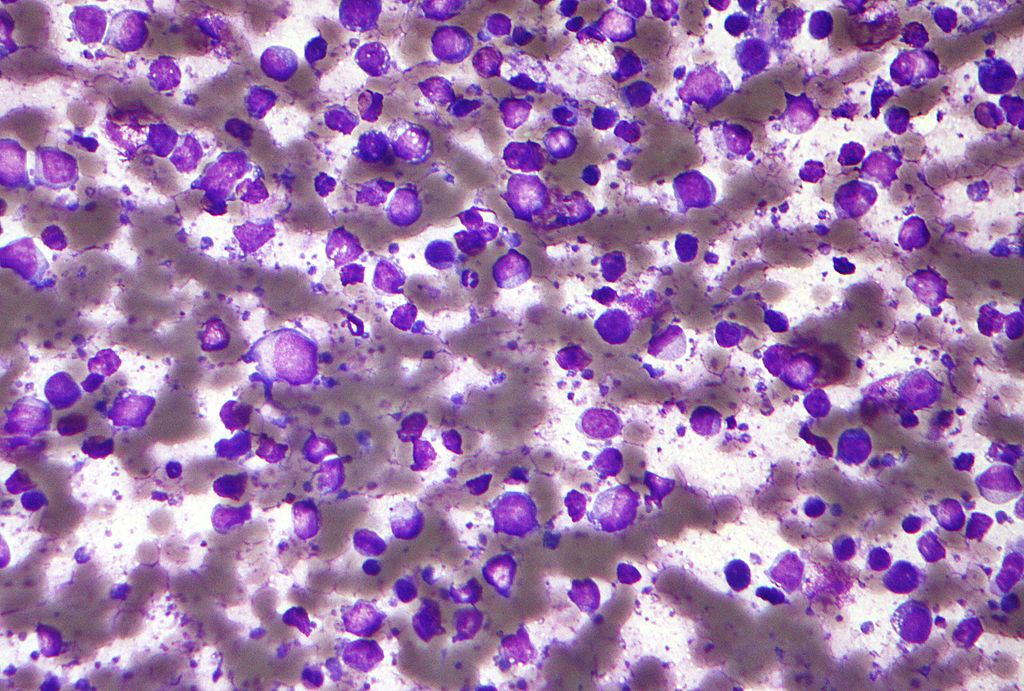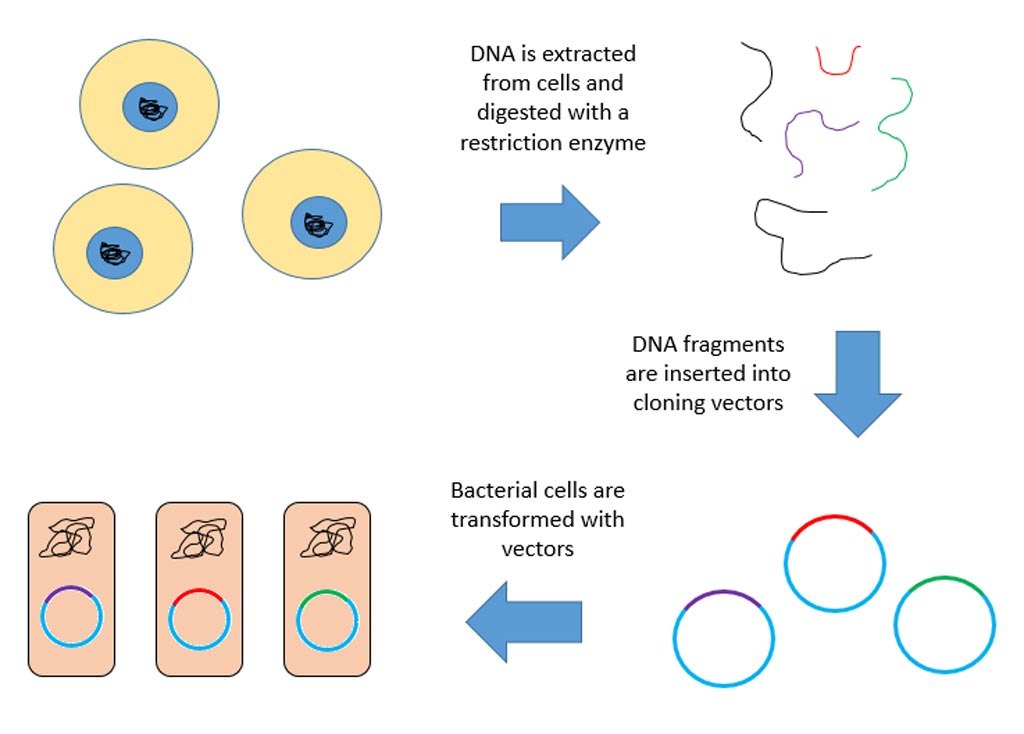Mitochondrial Genome of Previously Unknown Human Species Decoded
By LabMedica International staff writers
Posted on 29 Apr 2010
An international team of researchers has sequenced ancient mitochondrial DNA from a finger bone of a female found in southern Siberia. She comes from a previously unknown human species, which lived approximately 48,000 to 30,000 years ago in the Altai Mountains in Central Asia.Posted on 29 Apr 2010
The mitochondrial genome that was inherited from the mother and passed on to the descendants is an indication of a new wave of emigration from Africa. It differs from the Homo erectus ancestors of Neanderthals and Homo sapiens, according to a study published in the March 25, 2010, issue of the journal Nature.
The first group of hominins, which left Africa about 1.9 million years ago, was Homo erectus. Archaeological findings and genetic data suggest that at least two other groups then left Africa: First, about 500,000 to 300,000 years ago, the ancestors of Neanderthals, and after that, 50,000 years ago, anatomically modern humans. Direct descendants of Homo erectus could have survived until less than 100,000 years ago in Indonesia. Earlier representatives of Homo erectus and Homo heidelbergensis lived in northern latitudes--for example, more than 125,000 years in the Altai Mountains in southern Siberia. Neanderthals also lived at that time in Siberia.
Dr. Johannes Krause, Dr. Svante Pääbo and colleagues from the Max Planck Institute for Evolutionary Anthropology (Leipzig, Germany) have now sequenced mitochondrial DNA from a tiny piece of a finger bone. The bone was found 2008 in the Denisova Cave in the Altai Mountains in southern Siberia. They compared the ancient DNA from the mitochondria, with the mitochondrial DNA of Neanderthals and living humans. It was revealed that the mitochondrial DNA of the hominins from South Siberia differs noticeably from that of all previously known hominins.
As demonstrated by a detailed examination of the mitochondrial genome, these hominins shared a common ancestor with modern humans and Neanderthals approximately 1.0 million years ago. Moreover, the age of the fossil suggests that these unknown people in Southern Siberia lived close in time and space with Neanderthals as well as with modern humans.
Related Links:
Max Planck Institute for Evolutionary Anthropology













